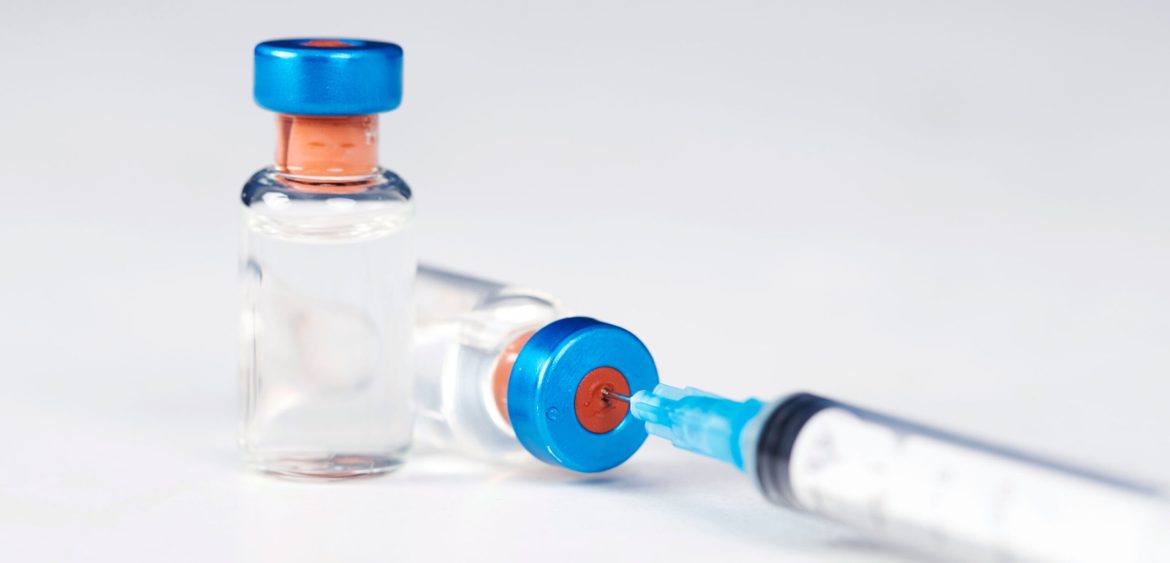Childhood vaccination has been one of modern medicines biggest success stories. In
fact, vaccines for children have been so successful that we no longer see many of the
diseases that used to cause severe illnesses and lasting disabilities.
Thanks to vaccines, most children will never get whooping cough, tetanus, polio or
meningitis—so we rarely see how serious these diseases can be. As a result, parents
may wonder if their child needs all the recommended vaccinations. Perhaps you’ve
asked yourself this question and googled it. These days, it’s easy to search online for
answers that support a belief about risks of vaccines. But the bulk of these claims are
inaccurate and unproven. A lot of this information is not just scary, it has caused parents
to second-guess the facts they hear from their pediatrician and other trusted sources.
And it scares people away from a vaccine that could save their child’s life.
Vaccine side effects & myths.
For years, people have spread rumors online using a variety of angles, including rumors
about vaccines and autism spectrum disorder (ASD), sudden infant death syndrome
(SIDS) and developmental delays. Here are a few examples:
Vaccines & autism spectrum disorder (ASD)
In the 1990s, a paper was published by a doctor who looked at 12 kids and theorized
that their autism was due to vaccines. Specifically, it looked at the measles-mumps-
rubella (MMR) vaccine and a possible link to autism.
Fact: That paper turned out to be based on bad science. It was discredited and the
journal retracted it. This single paper caused enough fear among parents that a lot of
other studies have been done in many countries and included thousands of children.
They found no causal association to link them.
Children with ASD are often diagnosed between 18 and 30 months of age—around the
same time the MMR vaccine is given. This has led some people to assume that the
vaccine is the cause. Increasing evidence shows that even though the symptoms of
ASD may not be visible until the second year after birth or later, ASD starts before a
baby is born.
Extensive evidence from the American Academy of Pediatrics (AAP), the Centers for
Disease Control and Prevention, the National Academy of Medicine and researchers
around the world also have concluded that there is no causal association between the
MMR vaccine and autism.
Fears of a possible link between MMR vaccine and autism have led to under-vaccinated
areas. Measles has been eliminated in our country since 2000, but the virus still
spreads—leading to outbreaks in the United States and around the world.
Thimerosal or mercury & vaccines
A preservative (thimerosal) added to vaccines in the 1930s contains mercury. People
feared that this mercury was toxic to humans. Some people thought that it could cause
neurological (nervous system) problems.
Fact: Mercury is a naturally occurring element in the earth’s crust, air, soil and
water. There are two types of mercury—and they are very different.
Thimerosal contains very small amounts of one type of mercury that is added to some
vaccines to prevent germs from growing. This type of mercury does not stay in the body.
It is different from the other type of mercury that is found in certain kinds of fish. That
type can stay in the human body and make people sick.
Even after many studies, thimerosal has never been shown to cause neurologic
problems. Thimerosal has not been used in vaccines for children since 2001. Only
some flu vaccines contain thimerosal. If you have any questions or concerns, ask your
pediatrician.
Vaccines & SIDS
Babies get many of their first vaccines between 2 and 4 months of age. This is also the
peak age for sudden infant death syndrome (SIDS). Because of the timing, some
people feel they might be related.
Fact: Scientific studies have confirmed that vaccines do not cause SIDS. In fact,
vaccines may help prevent SIDS. And most importantly to help prevent SIDS, the
AAP recommends a safe sleep environment for babies.
Remember
When reviewing facts about vaccines for your child, make sure you check the source.
Have a high level of suspicion if you don’t recognize and trust the original source of the
content.
And you can always verify information by going to credible sources like
HealthyChildren.org, AAP.org, the Centers for Disease Control and Prevention website
and your child’s pediatrician.

